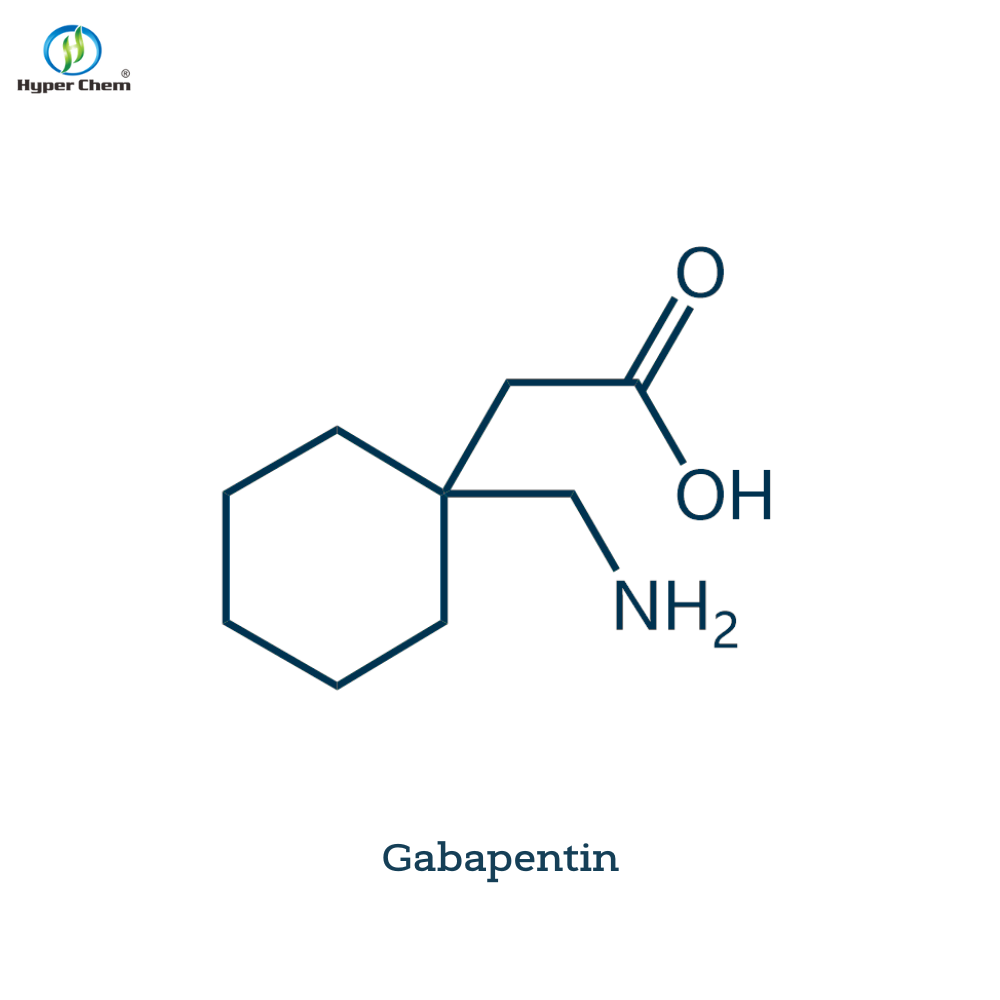Autophagy: the mechanism of neurodegenerative symptoms in dementia
-
Last Update: 2019-12-02
-
Source: Internet
-
Author: User
Search more information of high quality chemicals, good prices and reliable suppliers, visit
www.echemi.com
December 2, 2019 / Biovalley BIOON / -- Dr hyung Jun Kim and Professor shinrye Lee of Korean Brain Science Research Institute and Professor kiyoung Kim of Chunchun University in South Korea have found a new molecular mechanism that can inhibit the shenjingyuan toxic effect related to dementia and Lou Gehrig disease The findings are published in the journal autophagy (image source: www Pixabay Com) neurons in patients with dementia or Lou Gehrig disease usually have abnormal aggregates containing TDP-43 protein, which can cause neurodegenerative diseases by interfering with ubiquitin proteasome system (UPS) The team found that three proteins (PtK2, tbk1, sqstm1) have new effects They can inhibit the neuronal degeneration caused by TDP-43, and proved for the first time that their interaction can reduce the neurodegeneration by enhancing the autophagy lysosomal pathway (ALP) If the ubiquitination pathway of protein media is destroyed, another protein quality control system will be used This study is considered to propose a new treatment strategy, which can restore neurodegenerative changes of dementia patients by revealing a new molecular mechanism This new treatment strategy can eliminate the accumulation of abnormal proteins in neurons of dementia patients by revealing a new molecular mechanism, which has become the main cause of dementia and Lou Gehrig's disease "This study fundamentally reveals the pathogenesis of tdp-43-related neurodegeneration, so further clinical validation is necessary for the development of dementia therapy," said hyung Jun Kim, kbri's lead researcher and senior author of the study He added: "we will work with brain banks and hospitals at home and abroad to carry out follow-up studies to verify the mechanism in the actual patient organization." Sources of information: cutting neurogenesis associated with dementia, in animal models original sources: shinrye Lee, Yu Mi Jeon, sun Joo Cha, seyeon Kim, younghwi Kwon, myungjin Jo, you Na Jang, seongsoo Lee, jaekwang Kim, sang Ryong Kim, Kea Joo Lee, sun BAE Lee, kiyoung Kim, Hyung-Jun Kim PTK2/FAK regulates UPS impairment via SQSTM1/p62 phosphorylation in TARDBP/TDP-43 proteinopathies Autophagy , 2019; 1 DOI: 10.1080/15548627.2019.1686729
This article is an English version of an article which is originally in the Chinese language on echemi.com and is provided for information purposes only.
This website makes no representation or warranty of any kind, either expressed or implied, as to the accuracy, completeness ownership or reliability of
the article or any translations thereof. If you have any concerns or complaints relating to the article, please send an email, providing a detailed
description of the concern or complaint, to
service@echemi.com. A staff member will contact you within 5 working days. Once verified, infringing content
will be removed immediately.







